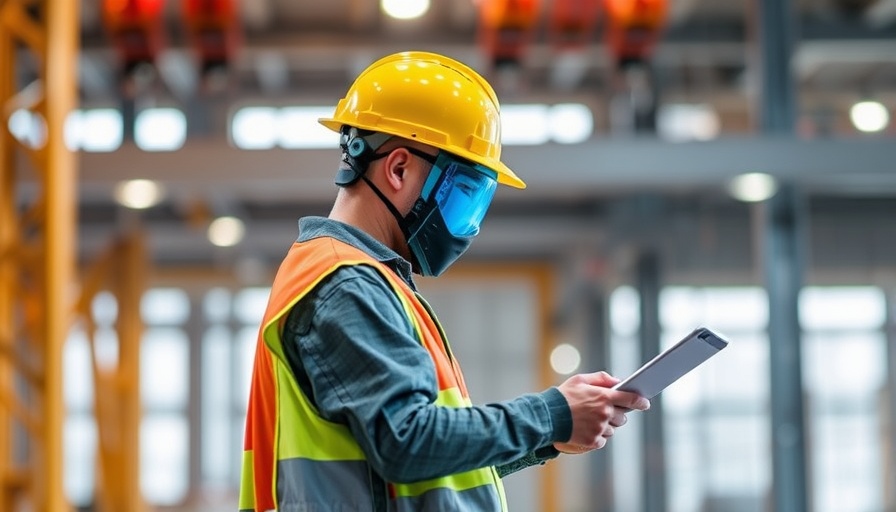
Building a Safer Future with AI
The construction industry, often seen as traditional and slow to adapt, is undergoing a revolution thanks to artificial intelligence (AI) and advanced technologies. With an increasing emphasis on workplace safety, companies are leveraging innovative solutions that not only enhance project efficiency but also significantly improve the working environment.
Transforming Safety Protocols with Technology
Traditionally, the architecture and construction sectors have prioritized on-site safety through manual inspections and a reliance on protocols that can sometimes be outdated. However, the advent of AI tools and sensors is changing this paradigm. For instance, advanced image recognition systems can analyze construction sites in real-time, identifying potential hazards before they become problems. These systems not only act as vigilant overseers but also serve as educators, informing workers about best practices in safety protocols.
The ROI of Safety Investments
Investing in safety technology has proven to yield a compelling return on investment (ROI). According to recent studies, organizations that allocate resources to smart technologies often see a drop in injury rates and insurance costs over time. This shift not only protects the workforce but also builds a safety culture that can significantly enhance overall project outcomes.
How AI Enhances Collaboration
AI doesn’t just contribute to safety; it fosters collaboration among teams. Innovations like 3D modeling and virtual reality create immersive environments for planning and collaborative discussions. Project managers can visualize the entire construction process, allowing for proactive adjustments before any physical work begins. This collaborative spirit transforms what was once a fragmented process into a cohesive effort where safety and efficiency work hand in hand.
Future Predictions: The Smart Construction Site
Looking ahead, the construction site of the future will likely integrate even more advanced systems that learn from past projects to predict and mitigate risks. You can imagine drones sweeping over a site, automatically detecting and reporting discrepancies while alerting workers of potential dangers through wearable technology. This future isn't just about survival on the job site; it's about thriving in an environment where safety isn't a checkbox, but a core value.
The Human Factor: Emotional Engagement with Safety
Ultimately, the shift towards a more tech-driven construction landscape must also consider the human element. Emotional engagement is crucial; convincing workers that these technologies are allies in their daily tasks fosters a more proactive safety culture. Companies that communicate transparently about how AI will assist—not replace—human intelligence tend to see quicker buy-in from their teams.
In conclusion, embracing AI in construction isn’t merely a trend—it’s a vital evolution towards creating safer, smarter work environments. As technology continues to enhance traditional processes, the benefits extend far beyond the bottom line. Clients engaged with commercial construction can feel confident that their projects will not only meet industry standards but set new benchmarks for safety and efficiency. Reach out to local construction firms to explore how these innovations can transform your projects.
 Add Row
Add Row  Add
Add 




 Add Row
Add Row  Add
Add 

Write A Comment